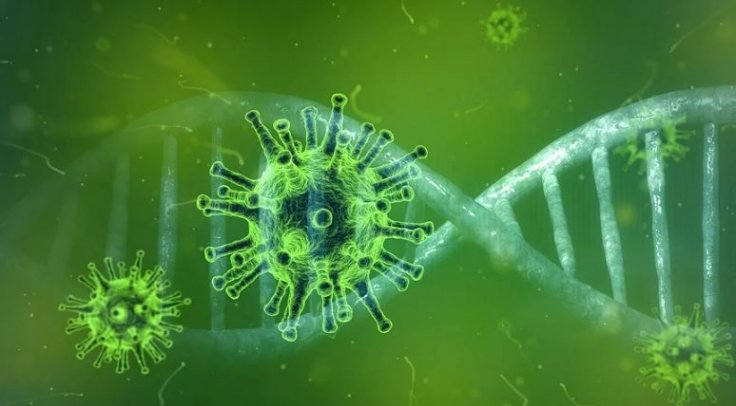In the midst of an intense election week in the US, daily Coronavirus cases in the country hit a new record with 123,085 cases between Wednesday, and Thursday. While the US remains in the top place compared to other countries in terms of most infection cases and deaths, a team of scientists found something unique.
In metropolitan Houston, the first case of COVID-19 was reported on March 5 and after a week, the virus started to spread within the community. Later a study said that the strain of the SARS-CoV-2 containing a particular mutation—G614—caused 71 percent of the cases in the Huston in the early phase of the outbreak.
Now, the same team of researchers found that by summer, when the US noticed the second wave of Coronavirus and Donald Trump's virus disappearance claim failed, the variant accounted for 99.9 percent of all infections in the area.

The Coronavirus Spread
The SARS-CoV-2 mutation which has spread across the world results in the substitution of one amino acid--are assembled in a particular sequence depending on the virus's genetic blueprint--for another at a particular position in the spike protein of the virus. The mutation replaced an amino acid—aspartate—with another one in the spikes that allow the pathogen to break into its host cells, while the substitution appears to make an easy path for the virus to invade.
In the previous study, scientists explained that viruses containing this mutation are more infectious in the cell culture growing in the controlled environment, such as labs. But in the new study, published in the journal mBio, the team of experts from the Houston Methodist Hospital in Texas said that they found evidence to indicate that people with this variant had more particles of the virus inside their upper respiratory tracts than those with other variants. The team also noted that despite the extra "viral load," their illness appeared to be less severe.
As per another analysis of over 25,000 viral sequences in the UK, the researchers said that the viruses with this particular mutation transmitted slightly faster and caused larger infection clusters. However, the latest study sequenced the genomes of the 5,085 SARS-Cov-2 strains from the two waves in Huston, Texas.
The team found that at the time of diagnosis, those patients with the G614 variant had more virus particles in their throats and noses—which is a possible result of its increased infectivity. However, there is no evidence to support that as a result, the patients experienced a more severe symptoms of the disease.
The Mutation

They also identified 285 other mutations that cause a change in the amino acid sequence of the virus's spike protein. The Houston Methodist Hospital researchers in collaboration with experts from the University of Texas at Austin and the University of Chicago, IL found that one of the mutations probably has allowed the spike to evade a neutralizing antibody. But it is not clear whether the mutation also increased the infectivity of the virus.
As per study co-author Ilya J. Finkelstein, a molecular biologist at the University of Texas, "The virus continues to mutate as it rips through the world. Real-time surveillance efforts like our study will ensure that global vaccines and therapeutics are always one step ahead."
The genetic analysis showed that the virus made its way to Texas' Huston area many times and from all parts of the world—including the strains from Asia, South Africa, Europe, and other parts of the US. The study authors stated that the new findings will help the researchers to understand the origin, composition, and trajectory of future infection waves. It will also be helpful to find out the "potential effect of the host immune response and therapeutic maneuvers on SARS-CoV-2 evolution."









